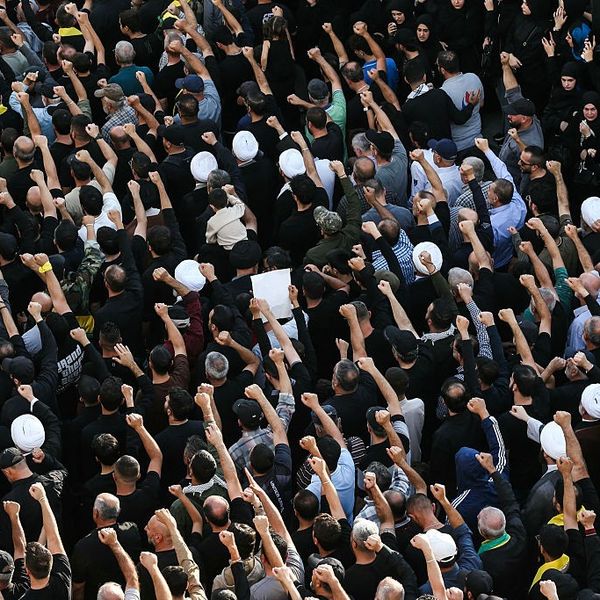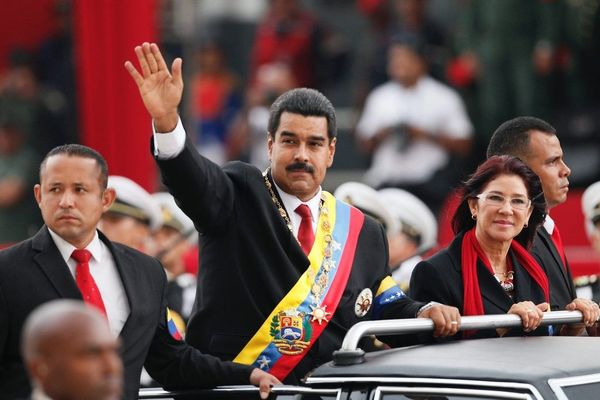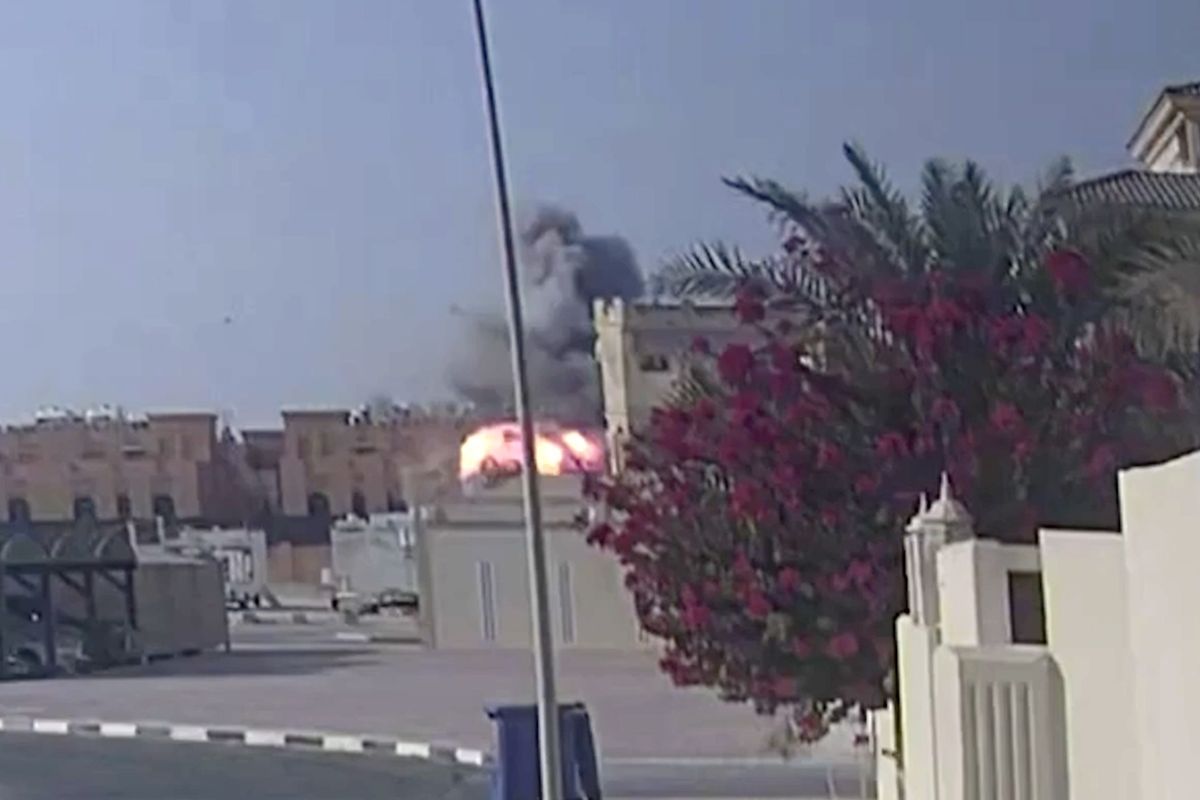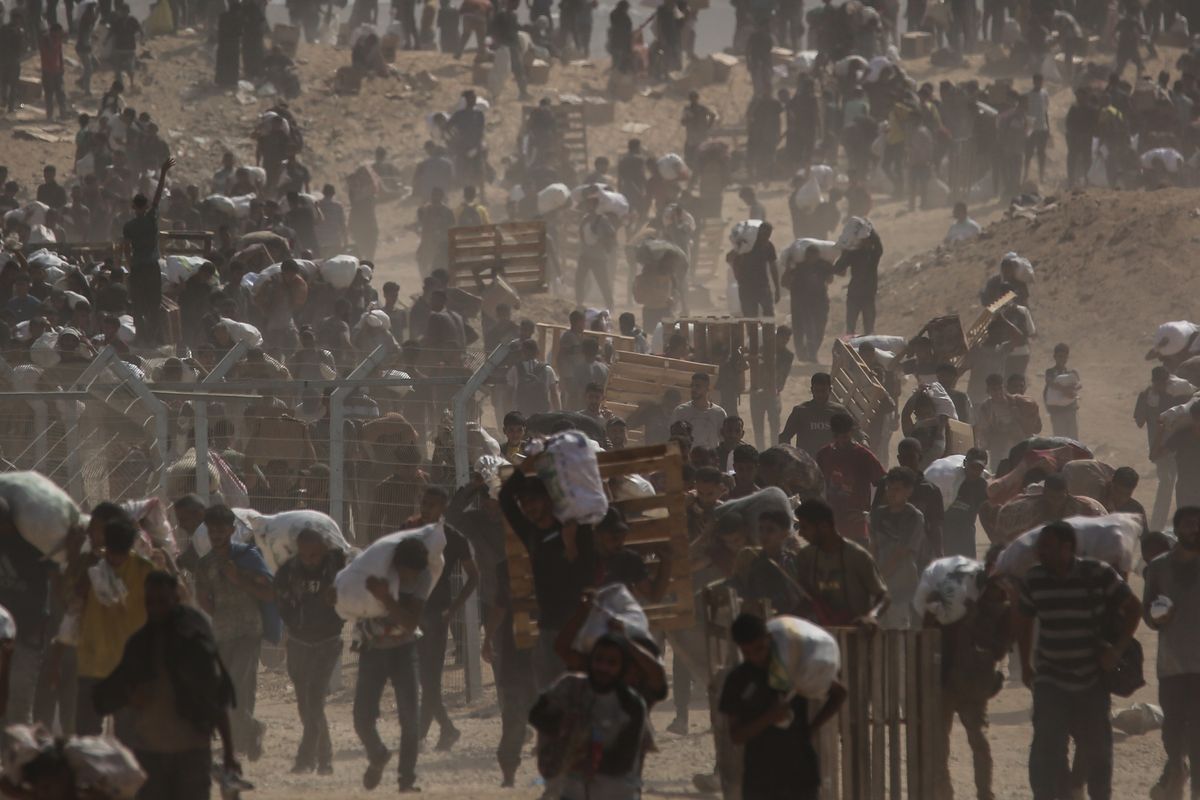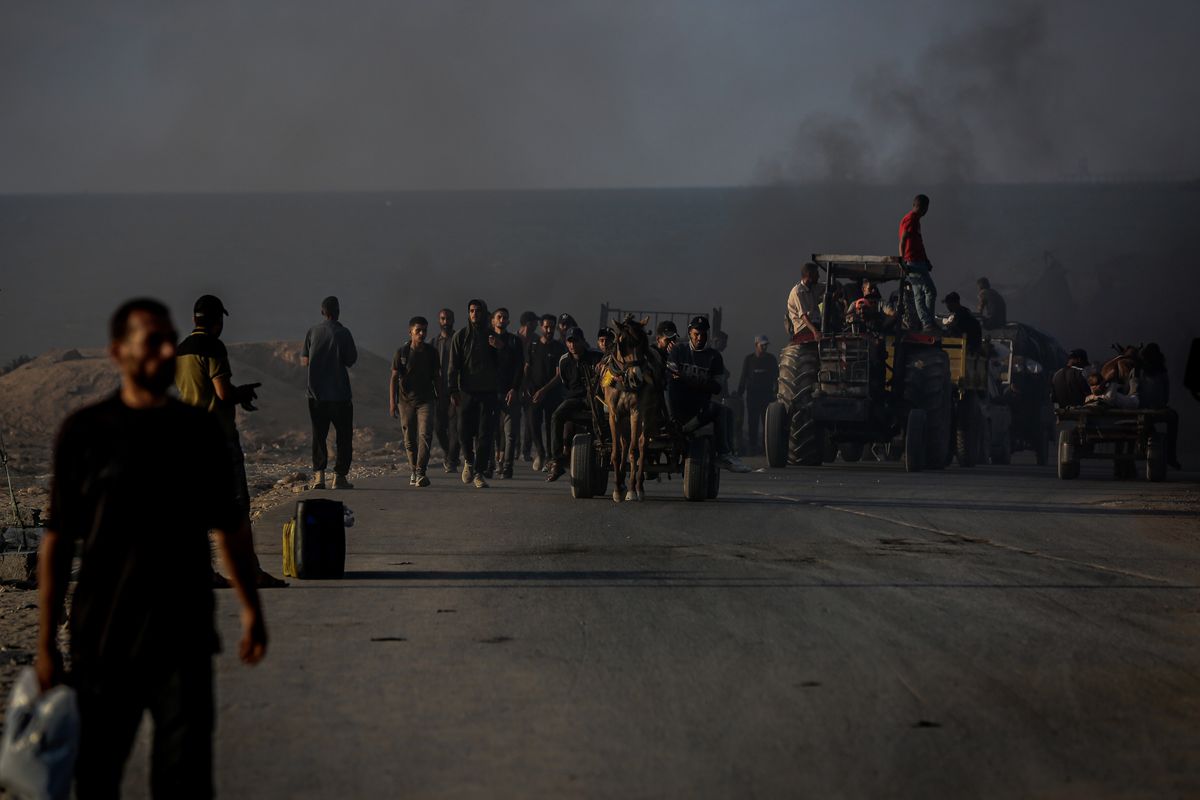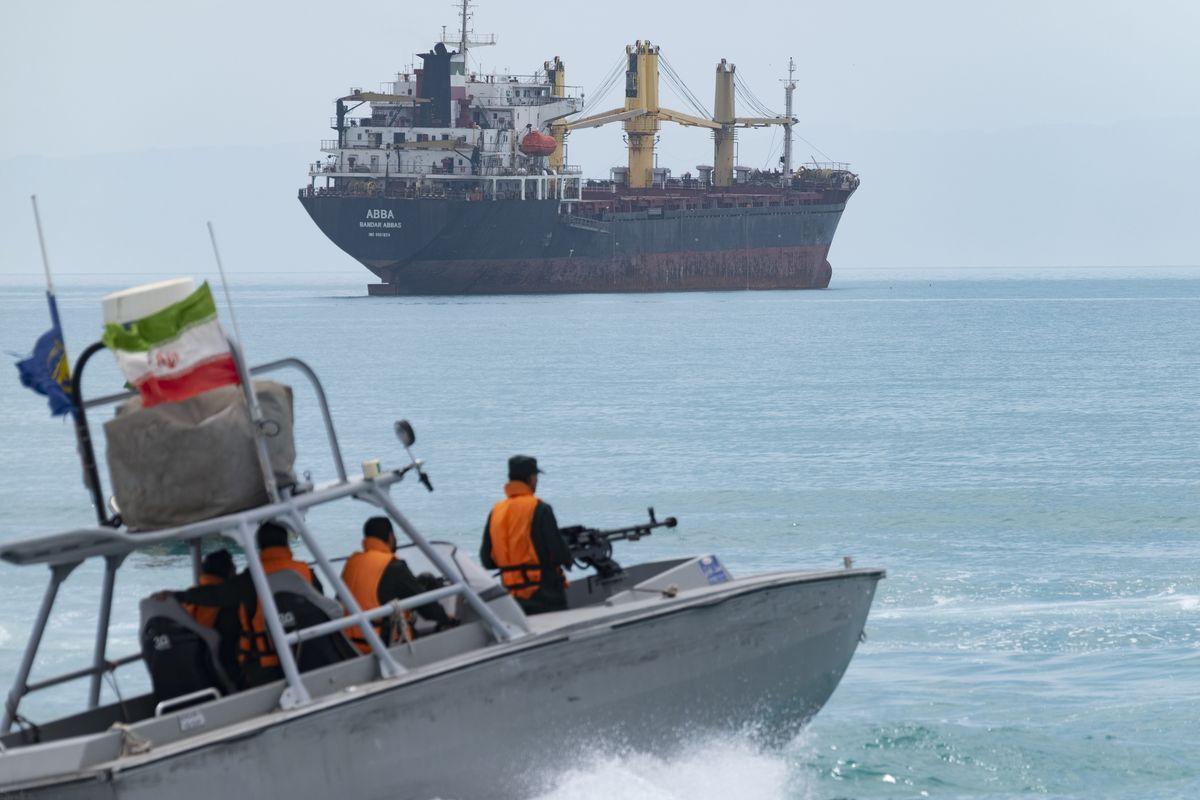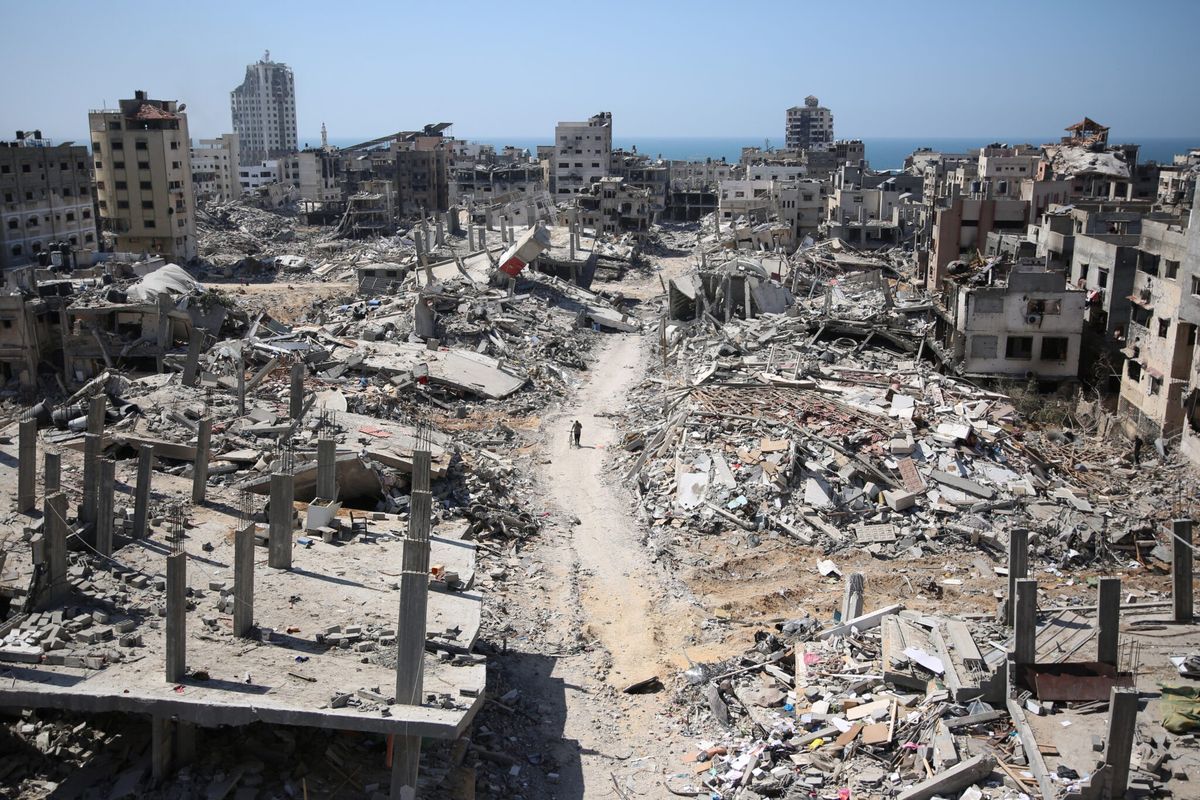OPINION — “Based on everything we’ve been doing for these last now really six months – because starting in January, we believed and we continue to believe, that the quickest way to bring this war to an end, to bring relief to the people of Gaza who so desperately need it, to put Gaza itself, to put the entire region on a better path is through an agreement on a ceasefire and hostages. So that’s actually the quickest way to get it done.”
That was Secretary of State Antony Blinken speaking on July 19 at a security conference in Colorado. Blinken described the then-upcoming round of negotiations in football terms saying, “I believe we’re inside the 10-yard line and driving toward the goal line in getting an agreement.” But he cautioned just minutes later, “And by the way, when I say we’re inside the 10-yard line, we are. Now, we also know that with anything, the last 10 yards are often the hardest.”
The Gaza negotiations that Blinken was referring to on July 19, took place two days ago in Rome, where representatives of the U.S., Qatar, Egypt and Israel met for four hours, and then adjourned with the expectation that they would resume within days.
But the four top negotiators in these talks aren’t who you might expect. They are not traditional diplomats. They are Israel’s Mossad Director David Barnea; Egyptian spy chief Abbas Kamel, CIA Director William Burns and Qatar’s Prime Minister Mohammed bin Abdul Rahman al-Thani.
Mossad Director David Barnea, 59, went to a military high school in Tel Aviv before beginning his military service at 18. He went to the U.S. for college getting a Bachelor’s degree from New York Institute of Technology and an MBA from Pace University, also in New York. He joined Mossad in 1996, and rose through the ranks to become deputy head in 2019 and two years later became Mossad’s Director.
Abbas Kamel, is a 67-year-old Major General and since 2018, has served as Director of the Egyptian General Intelligence Directorate. From 2014 to 2018, he was Chief of Staff to Egypt’s President Abdel Fattah el-Sisi, and one of his closest advisors. A 1978 graduate of a military college, Kamel started as an armored corps officer and as such took an advanced armament course in the U.S. He moved on to Egypt’s military intelligence service, serving in the military attaché branch.
CIA Director Burns, 68, has a long diplomatic record as a top State Department official before he was named CIA Director by President Biden in January 2021.
Sheikh Mohammed bin Abdulrahman bin Jassim Al Thani, 43, is a member of the ruling Qatari royal family. Born and raised in Doha, he graduated from Qatar University in 2003 with a degree in economics and business administration. He first worked for the Ruling Family Council and joined Qatar Government in 2009, and by 2013, was named Assistant Foreign Minister for International Cooperation Affairs. In 2016, he became Minister of Foreign Affairs and as such, worked during the Trump administration to facilitate negotiations in Qatar with the Afghan Taliban. In March 2023, Sheikh Mohammed became Prime Minister.
It's not just for the President anymore. Are you getting your daily national security briefing? Subscriber+Members have exclusive access to the Open Source Collection Daily Brief, keeping you up to date on global events impacting national security. It pays to be a Subscriber+Member.
While this may seem odd, there is an unusual history of spy chiefs from the U.S., Israel., Egypt and even Palestinian security officials working together on agreements going back to the Cold War days of the 1950s.
Both the CIA and Mossad monitored the Palestine Liberation Organization (PLO) in 1964 and worked clandestinely to recruit Palestinian agents to spy for their respective causes when PLO headquarters was in Beirut, Lebanon. As a result, by the 1980s, CIA had secretly established a productive network of PLO sources in the Middle East from Lebanon, despite the fact that officially, the U.S. refused to deal directly with the PLO because of its links to terrorists.
In 1982, when PLO Leader Yasser Arafat was forced out of Lebanon by the Israeli invasion, Arafat and some 9,000 or more PLO personnel, with CIA help, evacuated Beirut and were transported to Tunisia and other friendly Arab countries.
While CIA contacts were downgraded during the Reagan and Bush administrations, they were revived and expanded by the Clinton administration shortly after the Israelis and Palestinians signed the Oslo Accords in 1993.
The CIA under Director George Tenet took on an unusual middleman role working with both Israel’s Mossad and Palestinian security personnel because the latter two did not totally trust each other. The CIA role expanded beyond security in 1998, during the peace negotiations at the Wye Plantation that required Israel to exchange territory in return for the Palestine Authority (PA) preventing terrorist attacks against Israelis.
As a result, CIA officials met regularly with Israeli and PA personnel to resolve disputes, help manage border checkpoints, and review other security matters.
In June 2001, during the President George W. Bush administration, when terrorist attacks and brief outbreaks of fighting were taking place between Palestinians and Israelis, Bush announced publicly, “We believe enough progress has been made on the cease-fire that it is time to send George Tenet to the Middle East to start serious discussions at the security level about how to make sure the cease-fire continues."
Joining Tenet in the U.S. effort to arrange a cease fire, was then-Assistant Secretary of State for the Middle East William Burns, who also was engaged in discussions with the Israelis and the Palestinians.
History does have a way of repeating itself
Tenet’s cease-fire plan was agreed to take effect June 13, 2001. It established a joint Israeli-Palestinian-U.S. security committee with an American as chairman. It’s purpose was to assess the status of the cease-fire and decide next steps. However, the Tenet cease-fire never really took hold thanks to the Palestinian intifada and the Israeli military’s response to it.
It’s worth noting that in late July 2001, Qatar’s Emir, Sheikh Hamad Bin Khalifa al-Thani of Qatar, then current chairman of the Organization of the Islamic Conference, called on the U.N. Security Council to hold an emergency meeting to discuss the situation in the Occupied Palestinian Territory.
Qatar has played a role as facilitator in the area for Palestinian elements, including Hamas, whose political leader, Ismail Haniyeh, has resided in Doha, Qatar’s capital, since 2016. Qatar has been described as Hamas' most important financial backer, ironically with the approval and support of the Israeli government.
Qatar also has had close relations with the U.S. since 1992, after Qatar joined in Operation Desert Storm to oppose Iraq’s Saddam Hussein’s invasion of Kuwait. There is a U.S. Defense Cooperation Agreement with Qatar that addresses a U.S. troop presence in Qatar, plus arms sales, training, and other defense cooperation.
As important, in 1996, Qatar built the Al Udeid Air Base at the cost of more than $1 billion, which has become the regional headquarters for U.S. Central Command and about 8,000 U.S. forces deployed there participate in operations throughout the region.
As mentioned above, the Trump administration used Qatar for its 2018-2019 negotiations with the Afghan Taliban leadership, which resulted in the withdrawal of 8,600 U.S. troops from Afghanistan before the 2020 U.S. elections. Qatar’s Sheikh Mohammed, as foreign minister at the time, helped.
In fact, on January 19, 2021, the day before Biden became president, then-Trump National Security Adviser Robert O’Brien awarded to Qatar’s Sheikh Mohammed – the current negotiator — the Department of Defense Medal for Distinguished Public Service, one of the highest honors bestowed by the U.S. to foreign officials.
So, there is much history attached to the negotiators themselves.
Meanwhile, the task before them looms large, despite they’re being, in Blinken’s terms, inside the ten-yard line.
Blinken, himself, said earlier this month that beyond an agreement on a ceasefire and hostages “there’s a clear plan for what follows ..What we can’t have is an agreement that’s followed by some kind of void that will either be filled, if it’s there, by Hamas coming back, which is unacceptable; by Israel prolonging its occupation, which they say they don’t want to do and is unacceptable; or just having a vacuum that’s filled by lawlessness, that’s filled by chaos.”
There have been discussions with Arab nations and Israel, Blinken said, on “governance, for security, for humanitarian assistance, for reconstruction – that’s critical.”
But even before tackling those major short- and long-term post-war problems, there remains completing what for now, is just a framework for a cease-fire and hostage exchange.
Details on the hostage exchange and the length of the cease-fire remain unsettled. On the latter, Hamas wants a permanent or at least a long-term truce; Israel wants to be able to return to fighting.
At Sunday’s session, Barnea presented proposals for checkpoints inside Gaza and screening Palestinians returning to north Gaza from the south in the event of a cease-fire. The Times of Israel reported on Sunday, “It is believed that 111 of the 251 hostages abducted by Hamas during the October 7 attack remain in Gaza, including the bodies of 39 confirmed dead by the Israel Defense Force.” Israel reportedly wants a list of all the current, living hostages.
It seems that Blinken’s last ten yards could stretch far into the future.
Read more expert-driven national security insights, perspective and analysis in The Cipher Brief because National Security is Everyone’s Business.



